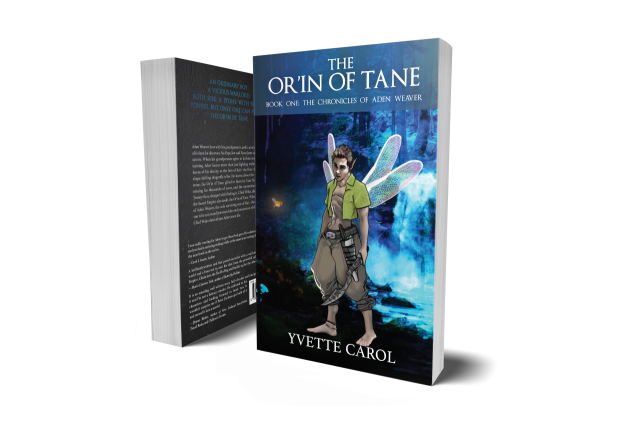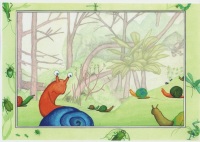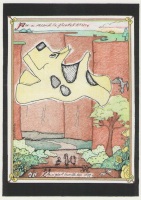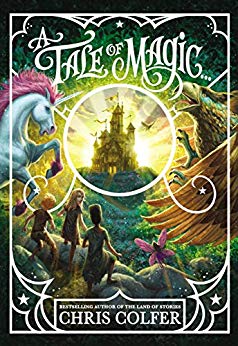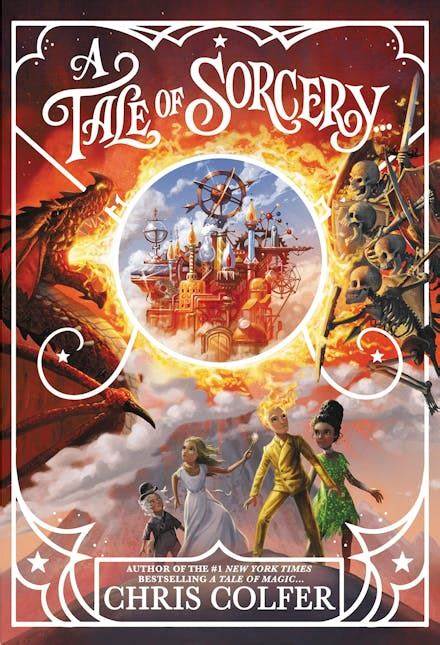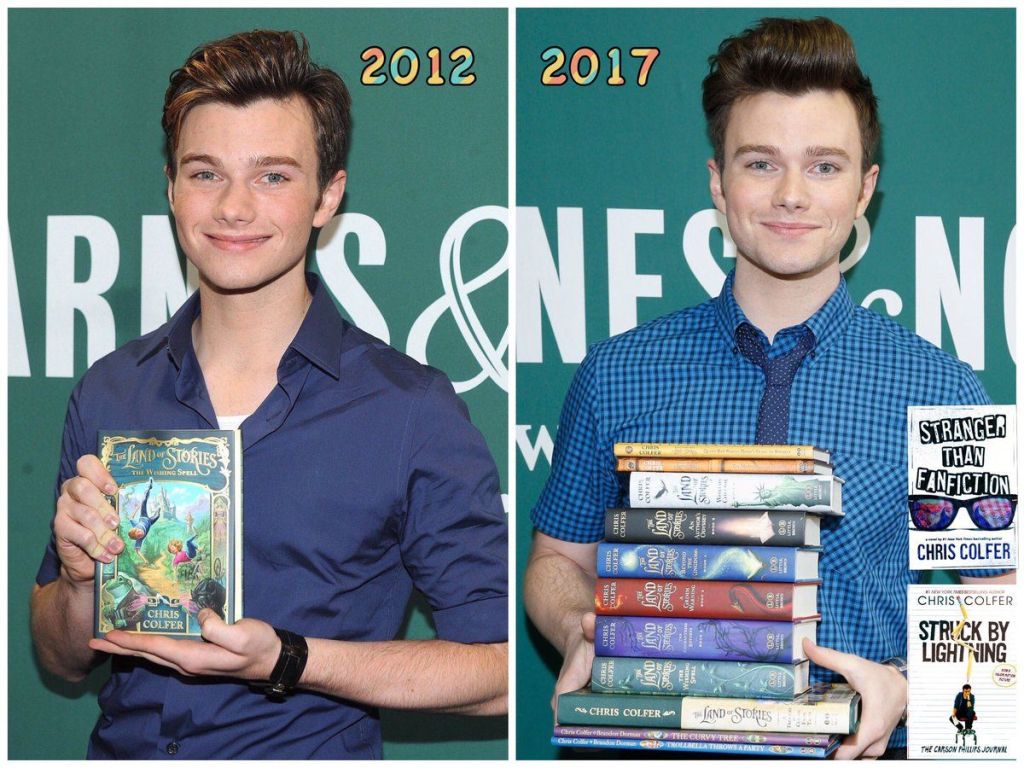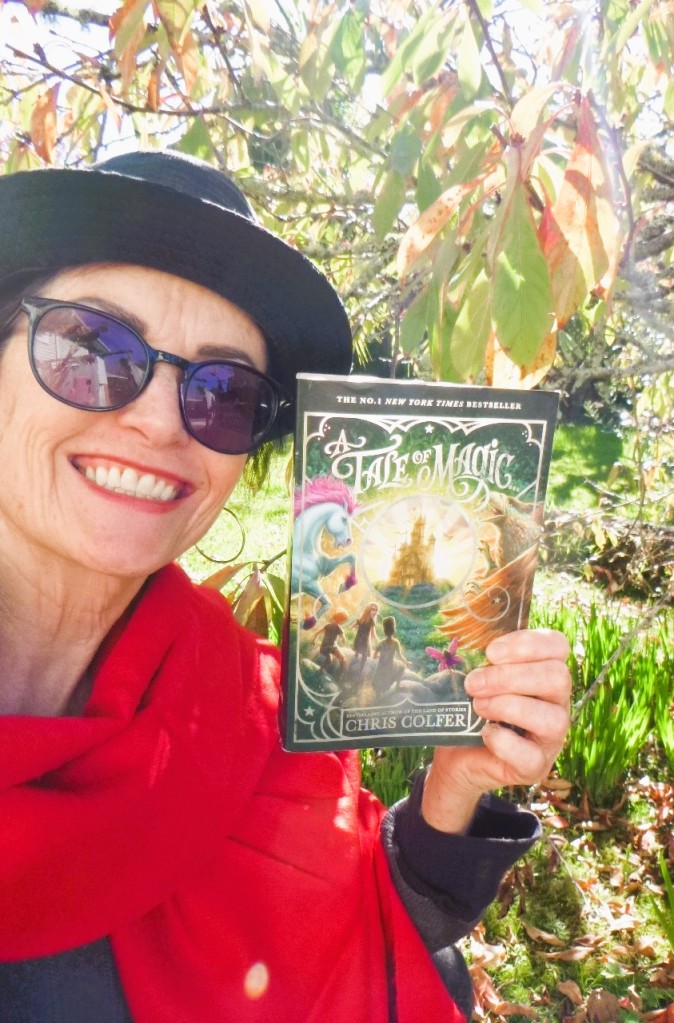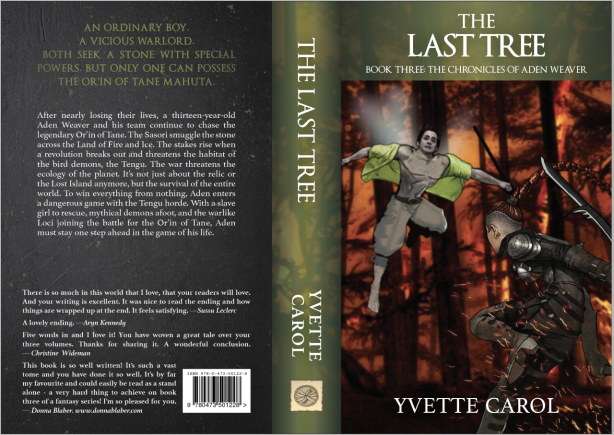I have finished reading my ninth novel for 2024, A Tale of Magic by Chris Colfer. The cover looked nearly edible, a dream confectionary of colours and imagery. The child reader would grab and devour it, no doubt. This is the first book in the middle-grade Tale of Magic trilogy and sets the stage for the world and storyline. In the oppressive Southern Kingdom, magic and everything to do with it is illegal. Brystal Evergreen has had the misfortune of being a girl – females are denigrated in this society and expected to go to school to learn how to be good housewives. Burdened with a misogynistic, overbearing father whose behaviour towards his daughter is bordering on tyrannical abuse, Brystal is in a bad situation. To make things worse, as with all these fickle heroines, she wants more than the meager prospects of the conventional life. She is smarter than both her brothers yet is not allowed to read books or go to school like the males in her family.
Brystal is desperate to read, and in her desperation, she takes on a job at the library, which must remain a big secret from her family. The reader starts to get scared and with good reason. Brystal quickly discovers that she is capable of magic and is a fairy! When she gets caught and declared a witch, she becomes sentenced and taken to the Bootstrap Correctional Facility for Troubled Young Women. After she has suffered horribly at the facility, the marvelous Madame Weatherberry rescues Brystal transporting her to an academy for magic. There Brystal meets other students, Tangerina, Skylene, Xanthous, Emerelda, Lucy, and the cook, Mrs. Vee. The girls become friends as they learn more about the world of magic and how to control it.
All is swell until four witches come to the academy asking for Madame Weatherberry’s help, and Brystal learns of the threat in the Northern Kingdom and the Snow Queen witch. When Madame Weatherberry goes missing, Brystal and her classmates travel to the dangerous North Kingdom in search of her. However, their confidence in their teacher slowly erodes as they discover that Madame Weatherberry has been telling lies. Upon entering the North Kingdom, Brystal and her friends find themselves in a battle and have to start to use their magic powers for the first time.
A Tale of Magic is a reasonable story and would hold its own on the bookshelf in any kids’ section. As an adult, I read this book trying to figure it out: everything was amped up to the nth degree, the characters’ traits were laid on thickly with trowels, browbeating the reader with how evil or good they were, and the extremes of every situation were hyped on steroids. I almost couldn’t breathe reading it. We Kiwis would say that it was too “on the nose.” Every fact is handed to the reader with a spatula. Not knowing the author or the series, I looked him up, curious. I was surprised to learn the author is the American actor, the achingly young Chris Colfer, who became famous for playing Kurt Hummel in the musical Glee (2009–2015). Colfer was offered a book deal with Little, Brown, and Company to write two novels for children. The penny dropped.
The first book in the series, The Land of Stories: The Wishing Spell, was released in 2012. The second, The Land of Stories: The Enchantress Returns followed in 2013 and reached number two on The New York Times Best Seller list by the end of 2013.
A Tale of Magic…, is a prequel to The Land of Stories series and was released in 2019. Colfer came out with the next book, the sequel, A Tale of Witchcraft…, in 2020, and the final book, A Tale of Sorcery…, was published in 2021. This prolific young man already has fifteen novels to his name and he’s in his early thirties. He’s killing it! I say all power to him. If Colfer can make this style work, he should keep doing it. The style is a little OTT for me and I would hesitate to pick up another title by the same author. But, I respect his fiction is filling a need, and I say more power to him. Anything that gets kids reading wins my vote every time.
My rating is two stars
Talk to you later.
Keep reading!
Yvette Carol
*
The girls giggled and eyed the paranoid king, as if they were looking into his soul and found it laughable. ~ from A Tale of Magic, Chris Colfer
*
Subscribe to my newsletter by emailing me with “Newsletter Subscription” in the subject line

